Beetroot Salad Benefits for a Healthy Lifestyle
Not only is beetroot salad a delight to the senses, but it is also highly nutritious and is perfect for health-conscious individuals. Rich in vital vitamins, minerals, and antioxidants, beetroot salad is the best easy way to take care of your body while having your taste buds at play. Improving heart health, boost energy, or just something fresh and colorful, this recipe has it all.
In this blog, we are going to discover the amazing benefits of beetroot salad and why you should include it in your diet. Beetroots contain very high amounts of folate, fiber, and potassium, making them an excellent food for digestive health, maintaining blood pressure, and many more. On the other hand, the natural sweetness of beetroot goes so well with any ingredients, so there is nothing left but experimenting with endless possibilities in the kitchen.
We’ll also share some simple recipes you can prepare with fresh ingredients from your garden or purchased at your local market. There’s something for every palate in this section-from classic beetroot salad with tangy vinaigrette to modern twists using nuts, cheese, and citrus fruits.
Ready to jump into the world of beetroot salad? Read on to learn how this healthy dish can change your meals and support your journey towards a healthier lifestyle!
Table of Contents
- 1 Beetroot Salad Benefits for a Healthy Lifestyle
- 1.1 Beetroot Salad Nutrition and Its Amazing Health Benefits
- 1.2 Why Beetroot Salad is a Must-Have for a Healthy Diet?
- 1.3 A Beginner's Guide to Sowing Beetroot Seeds
- 1.4 Beetroot Seeds: Tips for Growing a Thriving Vegetable Patch
- 1.5 Beetroot Cultivation: Best Practices for a Healthy Harvest
- 1.6 The Best Time for Beetroot Cultivation and Planting
- 1.7 Silver Beetroot: A Unique and Nutritious Addition to Your Garden
- 1.8 The Best Conditions for Growing Silver Beetroot in Your Garden
- 1.9 Beetroot Leaves Poisonous: Debunking Common Myths
- 1.10 Conclusion
- 1.11 Frequently Asked Questions
Beetroot Salad Nutrition and Its Amazing Health Benefits
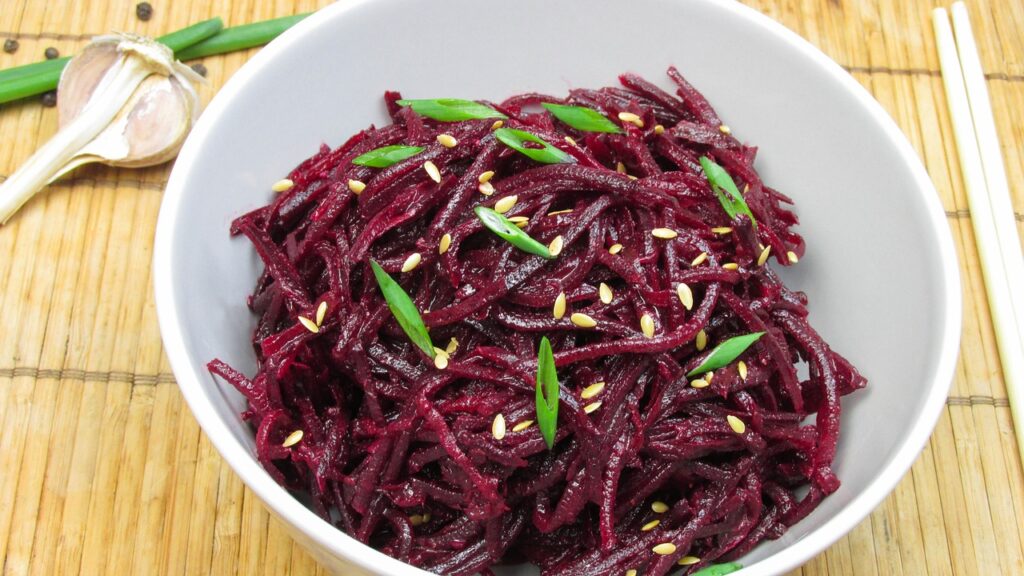
The beetroot salad is more than a delicious food dish; it can significantly contribute to your healthy development. The main nutrients contained within beets, such as fiber, folate, potassium, and vitamin C, give this salad its wholeness for meals.
One of the main attractions of beetroot salad is that it is high in fiber, which aids digestion and keeps you full for longer. The folate in beets is very good for cell repair and growth, making it especially beneficial for pregnant women. Potassium regulates blood pressure and helps in keeping the heart healthier, while vitamin C strengthens your immune system and enhances skin health.
Beetroot is rich in antioxidants like betalains, which create its deep red color. They are also associated with anti-inflammatory effects, with a reduction of oxidative stress. Moreover, these nitrates may help with lowering the chances of chronic diseases. Beets also contain nitrates that improve blood flow and boost stamina, making this beetroot salad perfect for any active lifestyle.
You can introduce beetroot salad into your daily diet in an easy and tasty manner, and the great thing about it is that whether for a side or a light meal, it will feed you with these nutritious ingredients and keep you healthy all day long.
Why Beetroot Salad is a Must-Have for a Healthy Diet?
Beetroot salad is a fantastic addition to any healthy diet, thanks to its rich nutritional profile and numerous health benefits. This vibrant dish is loaded with essential nutrients, including fiber, folate, potassium, iron, and vitamin C. These nutrients not only nourish your body but also support overall well-being.
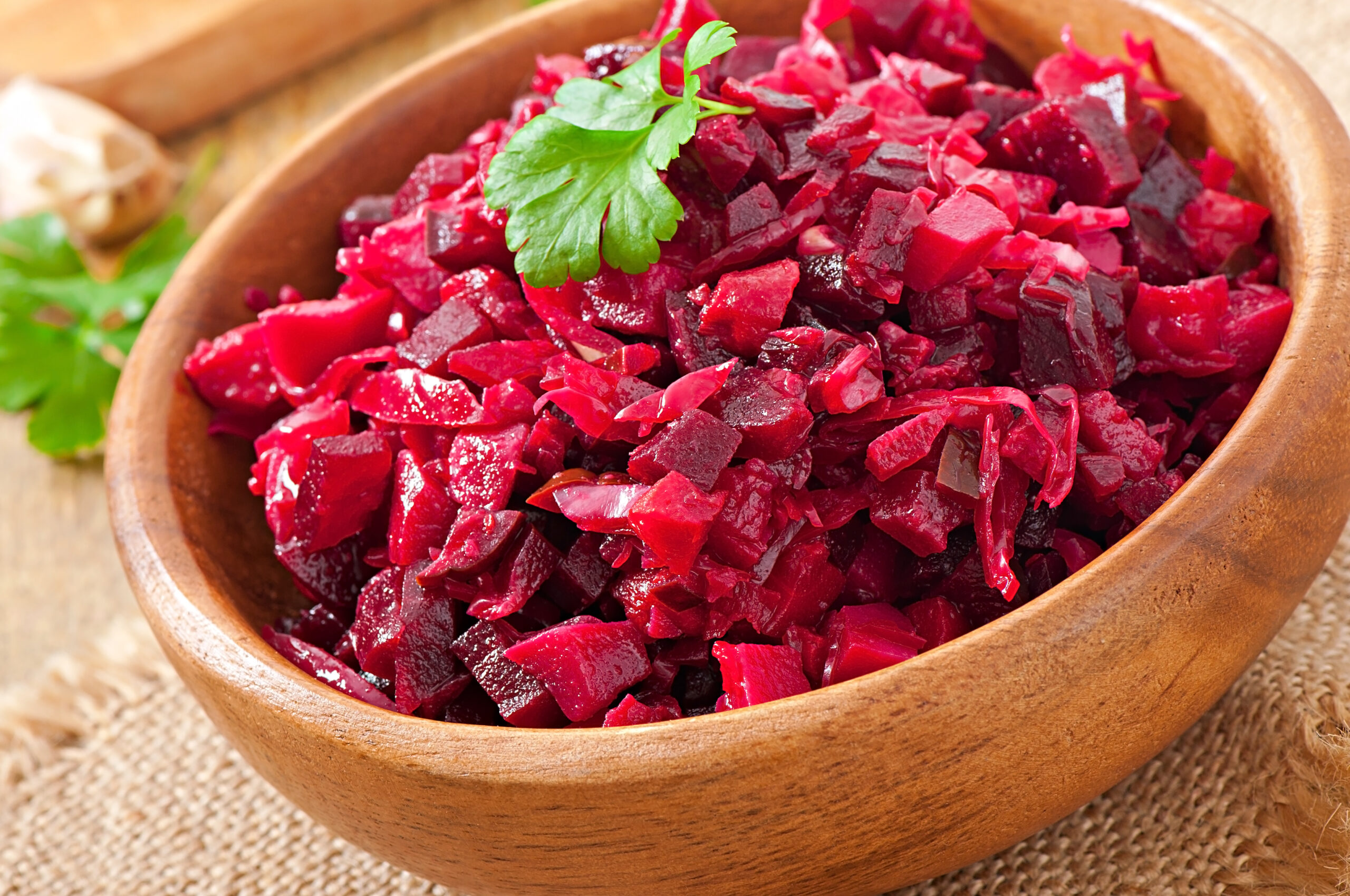
The Nutritional Benefits of Beetroot Salad in Every Bite
One of the biggest reasons beetroot salad stands out is its ability to promote heart health. Beets are rich in nitrates, which help improve blood flow and lower blood pressure. This can reduce the risk of heart disease and support better cardiovascular health. Additionally, the fiber in beetroot salad aids digestion, keeps your gut healthy, and helps in weight management by keeping you full longer.
Beetroot is also known for its powerful antioxidants, like betalains, which help fight inflammation and protect your body from harmful free radicals. For those with active lifestyles, beetroot salad can be a great energy booster, as it enhances stamina and endurance.
Whether you’re aiming to improve your digestion, strengthen your heart, or simply enjoy a nutrient-packed meal, beetroot salad is the perfect choice. It’s easy to prepare, delicious, and a must-have for anyone looking to lead a healthier lifestyle.
A Beginner's Guide to Sowing Beetroot Seeds
Sowing beetroot seeds is a rewarding and simple gardening task, perfect for beginners. Beetroot seeds are easy to handle and can be grown both in garden beds and containers, making them a great option for any gardener, whether you have a large garden or a small space. Here’s a step-by-step guide to get you started with beetroot seeds.
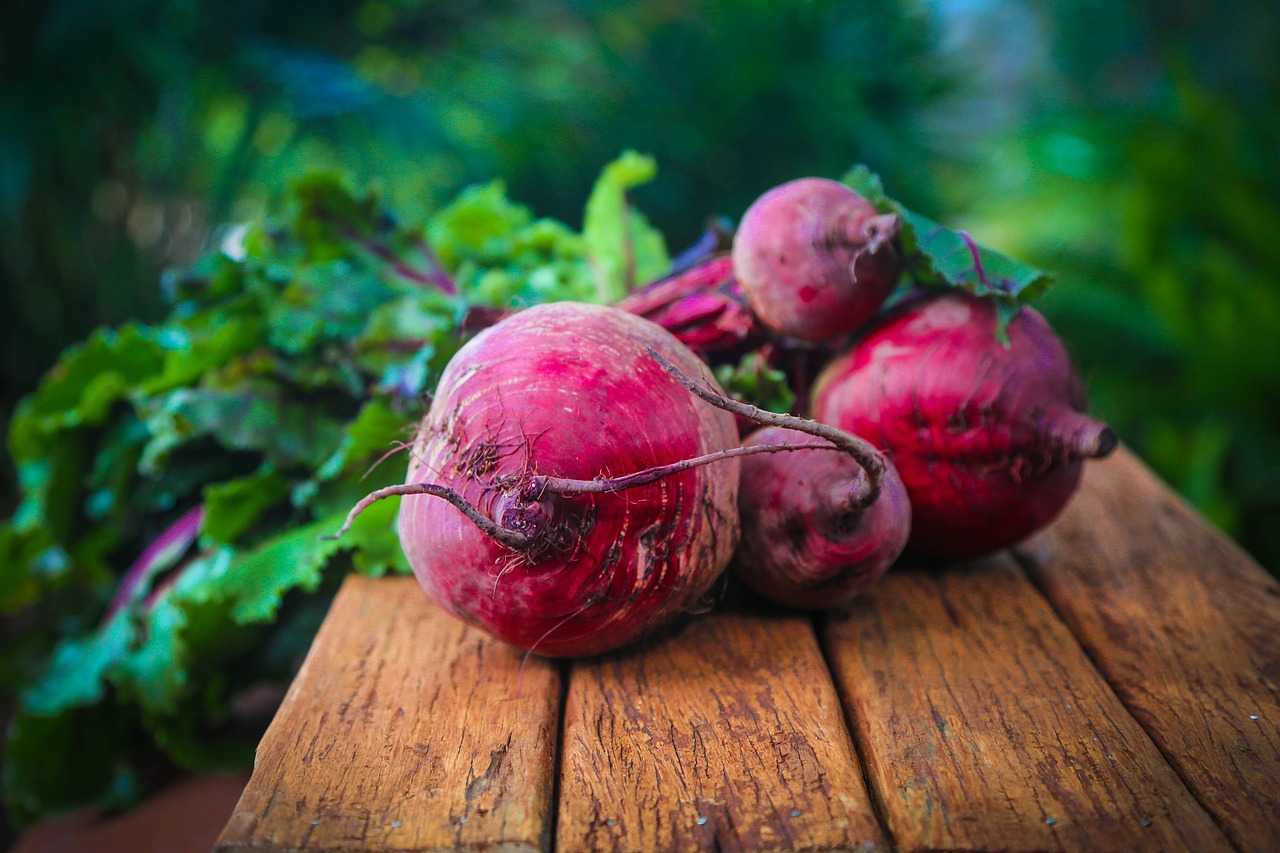
First, choose a sunny spot in your garden, as beetroots love sunlight. Prepare the soil by loosening it and adding compost to improve its fertility. Beetroot seeds need well-drained soil to thrive, so make sure the area doesn’t become waterlogged.
Next, plant the beetroot seeds about 1-2 inches deep and space them around 3-4 inches apart. If you’re using a container, ensure it’s deep enough to accommodate the root growth. Water the seeds gently after planting, keeping the soil moist but not soaked.
Beetroot seeds will begin to germinate in about 7-10 days. Once the seedlings appear, thin them out to allow the remaining plants enough space to grow. Continue to water regularly and keep an eye out for pests.
With patience and care, your beetroot seeds will grow into healthy, vibrant plants ready for harvesting in a few months. Enjoy watching your beetroots flourish from seed to plate!
Beetroot Seeds: Tips for Growing a Thriving Vegetable Patch
Growing beetroots from beetroot seeds is a rewarding and simple way to add fresh, nutritious vegetables to your garden. If you’re looking to create a thriving vegetable patch, here are some tips to help you grow healthy beets from seed.
First, start by choosing the right location. Beetroots prefer full sun, so make sure to plant your beetroot seeds in an area that receives at least 6 hours of sunlight each day. The soil should be well-draining, loose, and rich in organic matter. Before sowing the seeds, mix in some compost to improve soil fertility and ensure strong root growth.
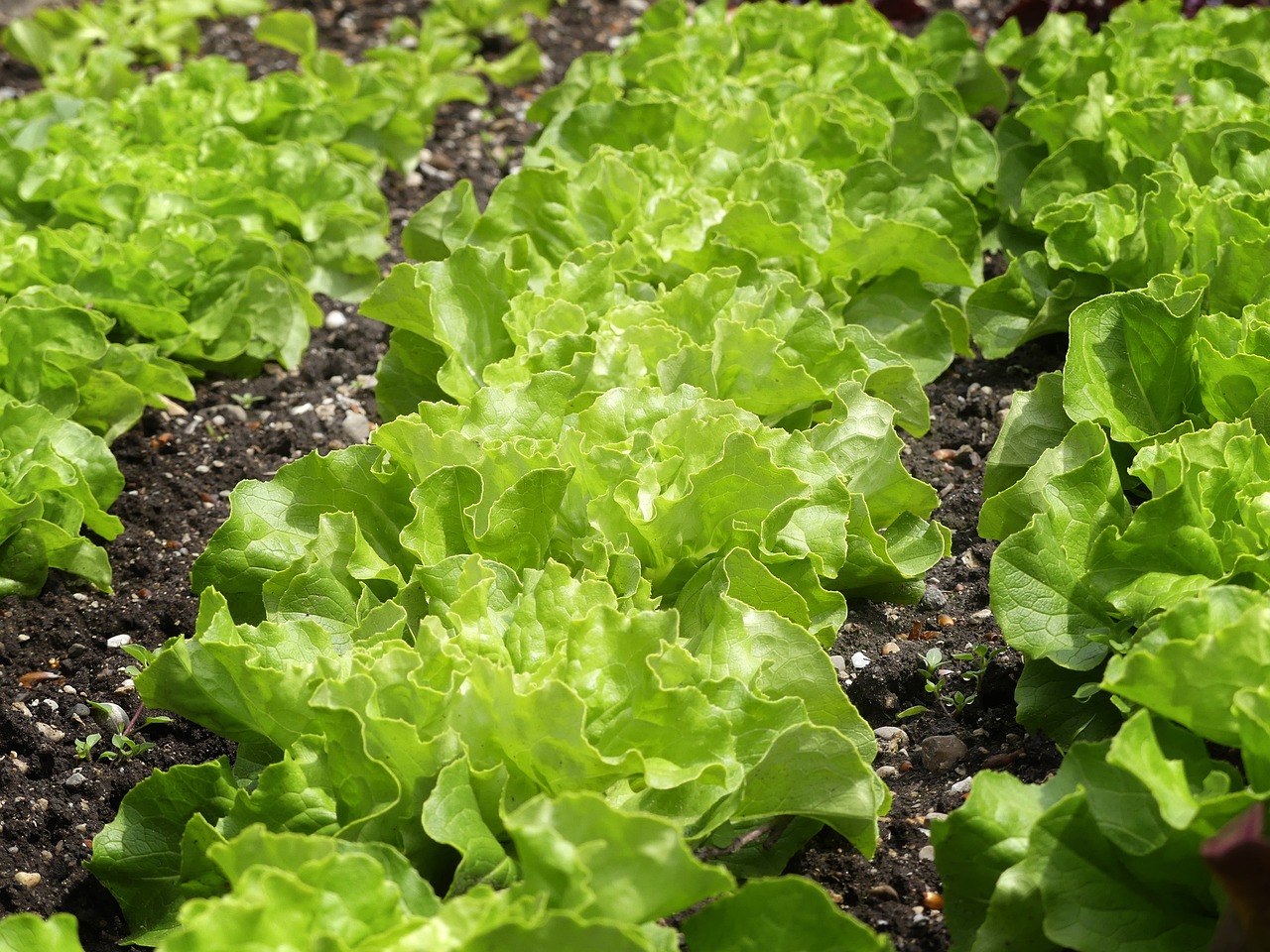
When planting beetroot seeds, space them about 3-4 inches apart. Since beetroot seeds are actually clusters of seeds, you may find that multiple seedlings will emerge from each cluster. Don’t worry—simply thin them out once they sprout, leaving about 3-4 inches between each plant. This will give the beets enough room to grow to their full size.
Water your beetroots regularly, keeping the soil moist but not soggy. Beetroots don’t like to dry out, so consistent watering is key. Mulching around the plants can help retain moisture and prevent weeds.
As your beetroots grow, make sure to remove any weeds around the plants to reduce competition for nutrients. Also, be mindful of pests like aphids or beetles, which can sometimes affect your beetroot crop.
Finally, be patient. Beetroots generally take about 2-3 months to mature, depending on the variety. When the roots are about the size of a golf ball, it’s time to harvest.
With these simple tips and a bit of care, you’ll be able to grow a thriving patch of beetroots and enjoy the fresh, earthy flavor of your homegrown veggies!
Beetroot Cultivation: Best Practices for a Healthy Harvest
Beetroot cultivation can be a highly rewarding experience, providing you with fresh, nutritious beets right from your garden. To achieve a healthy harvest, following some simple best practices will ensure strong, vibrant plants and a bountiful crop.
First, choose the right location for beetroot cultivation. Beetroots thrive in full sunlight, so pick a spot that gets at least 6 hours of sun each day. The soil should be well-draining and loose, as beets need space to grow their roots properly. Before planting, enrich the soil with compost or organic matter to improve its fertility and texture. A pH level of 6.0 to 7.0 is ideal for beetroots.
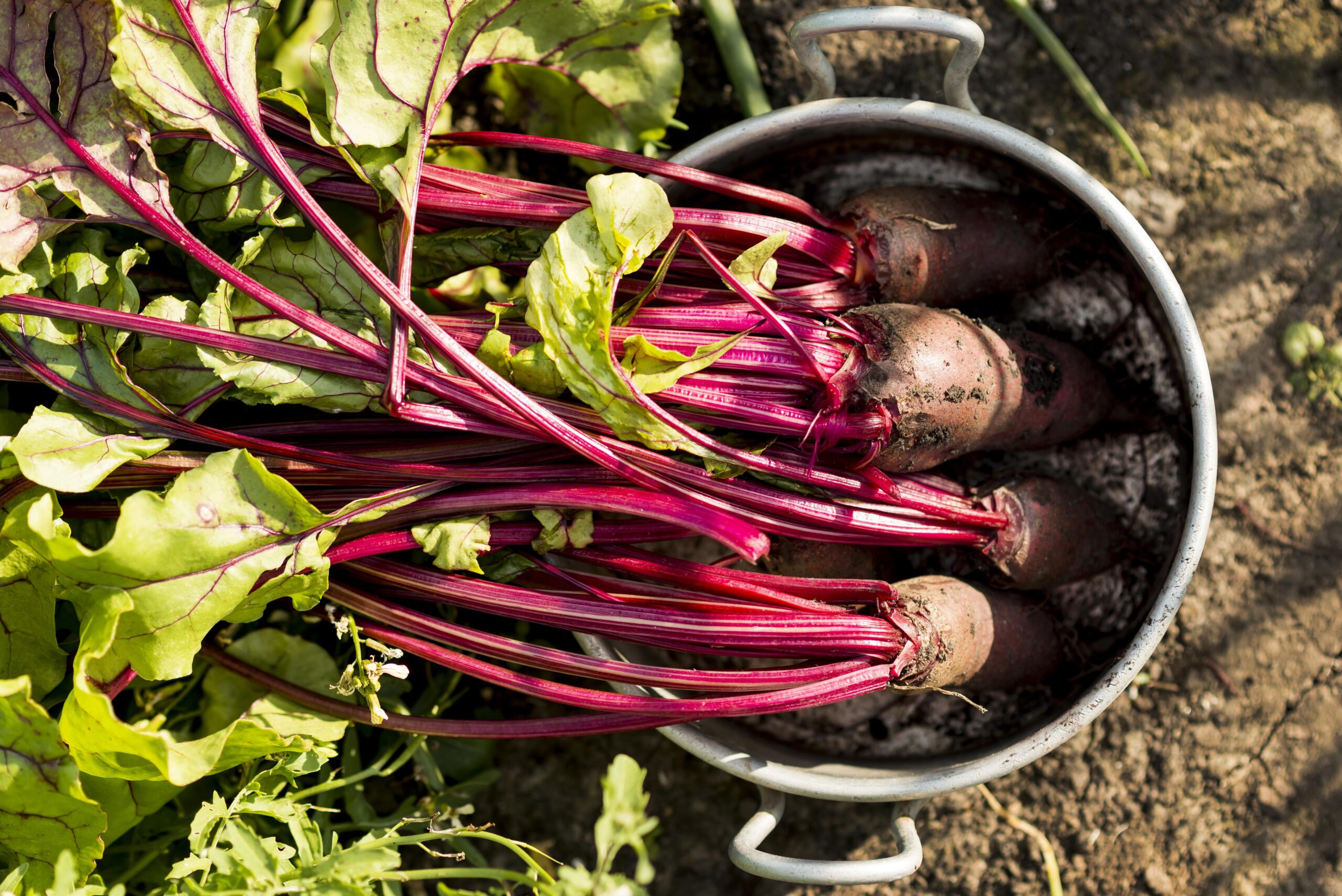
When planting beetroot seeds, space them about 3-4 inches apart. Since beetroot seeds are clusters, you may need to thin the seedlings as they grow, leaving only the healthiest plants with enough space to develop. Thin them to around 4-6 inches apart once they’re a few inches tall.
Watering is essential for beetroot cultivation. Keep the soil consistently moist but not waterlogged. Beetroots don’t like to dry out, so regular watering is key. However, be careful not to overwater, as this can lead to root rot. Using mulch around the plants can help retain moisture and prevent weeds.
Lastly, regular weeding and pest control are important to keep your beetroots healthy. Be mindful of pests like aphids and beetles, and remove any weeds that might compete for nutrients.
By following these best practices, your beetroot cultivation will result in a healthy, delicious harvest that you can enjoy in various dishes.
The Best Time for Beetroot Cultivation and Planting
Beetroot cultivation time plays a crucial role in harvesting beets successfully. Beetroots prefer cooler temperatures, making early spring or late summer the ideal planting seasons. Knowing the best time to plant will help in cultivating healthy, vibrant beets.
For most regions, the best time for beetroot cultivation is early spring, about 2 to 4 weeks before the last expected frost. Beetroots can tolerate a light frost, but planting them too early can delay germination if the soil is too cold. The ideal temperature for soil is between 50°F and 75°F (10°C and 24°C), which will encourage optimal seed growth and root development. In warmer climates, you can plant beetroots in the fall when the temperatures cool down after the summer heat.
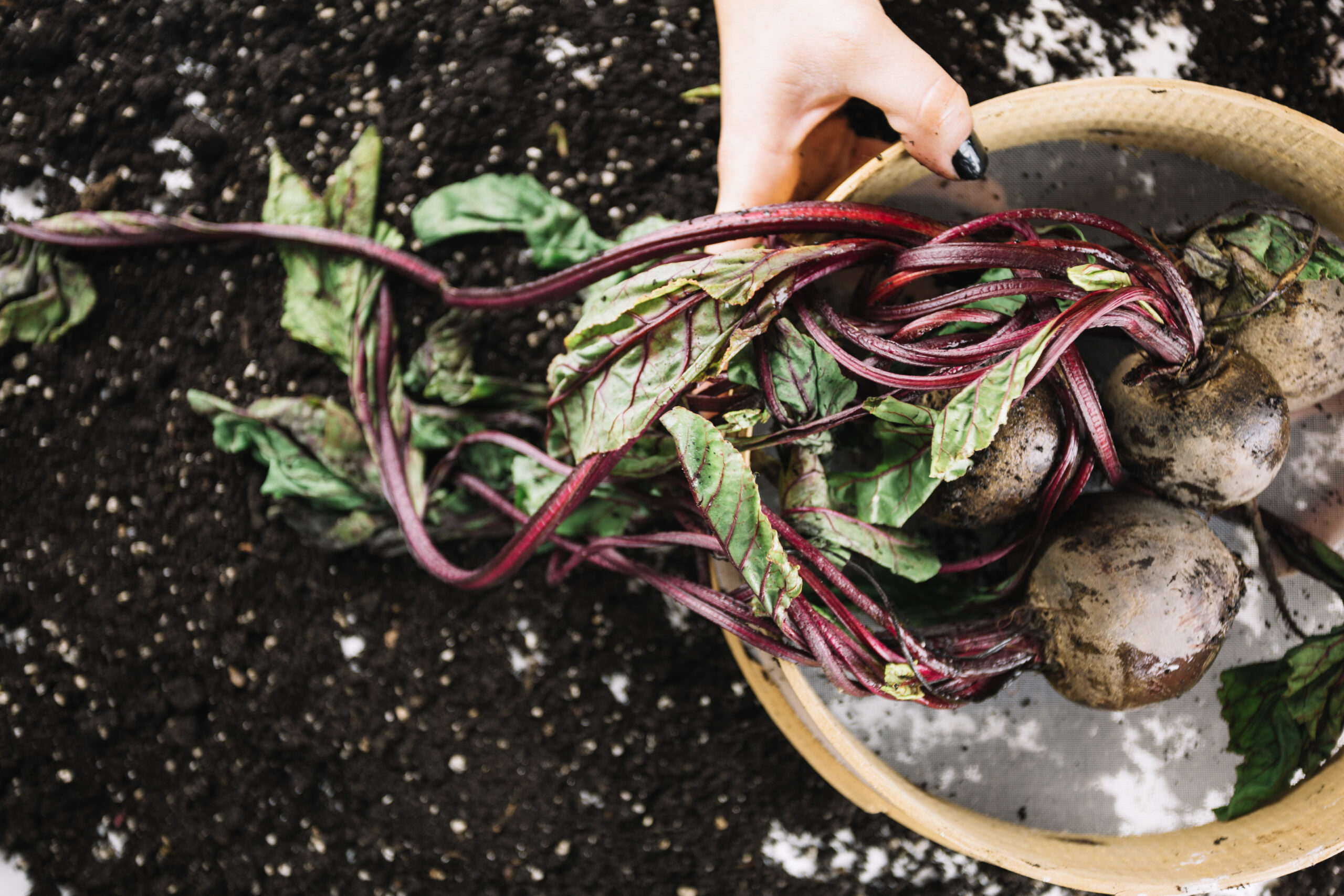
If you are planting in the early spring season, make sure the ground is workable and not too wet. Light, well-draining soil is ideal for beetroot cultivation. In fact, for a staggered harvest, you could plant seeds every 2 to 3 weeks during the early spring to ensure a continuous supply of fresh beets.
Planting in late summer or early fall is a good idea in warmer climates because cooler temperatures encourage healthy root growth. Just avoid the hottest months of the year because excessive heat will stress the plants and reduce the quality of the beets.
Planting at the right time will set your beetroot cultivation up for success, giving you a plentiful and delicious harvest to enjoy.
Silver Beetroot: A Unique and Nutritious Addition to Your Garden
Silver beetroot is a unique and often underrated variety of beet that can add both beauty and nutrition to your garden. Unlike traditional red beetroot, silver beetroot has a lighter, silvery-green hue with a slightly milder flavor, making it a great addition to salads, stews, and even juices. Growing silver beetroot in your garden is a fantastic way to diversify your vegetable patch and enjoy a more delicate take on the classic beetroot.
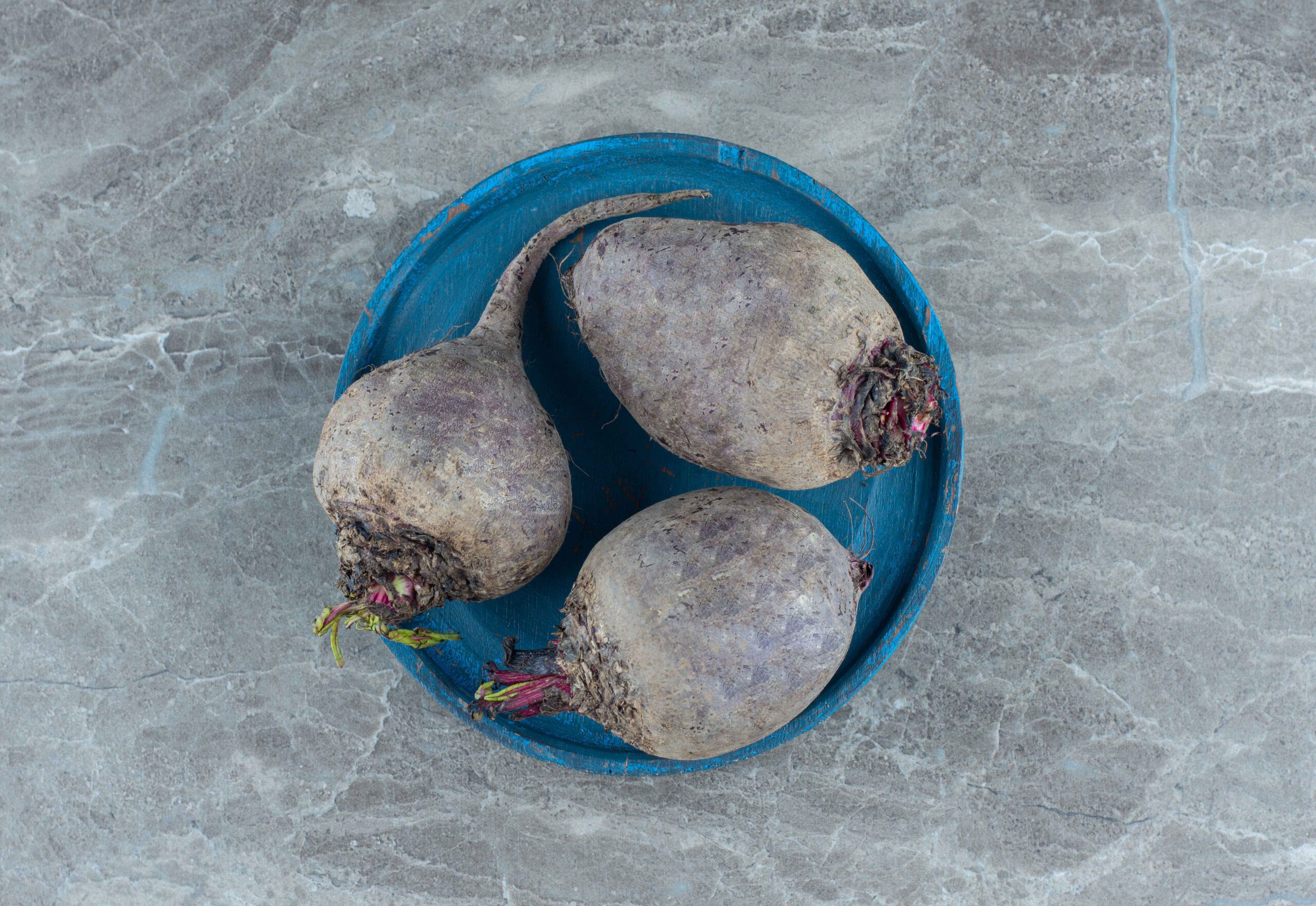
One of the key reasons to include silver beetroot in your garden is its impressive nutritional value. Like other beetroots, silver beetroot is rich in essential vitamins and minerals, including folate, potassium, and vitamin C. It’s also packed with antioxidants, which help reduce inflammation and protect your cells from damage. Silver beetroot is a great source of dietary fiber, which promotes healthy digestion and helps keep you feeling full for longer.
In terms of cultivation, silver beetroot is relatively easy to grow. It thrives in well-drained, fertile soil with plenty of sunlight. You can start planting it in early spring or late summer, as it grows best in cooler temperatures. It’s also more tolerant of various soil types compared to other beets, making it an excellent option for beginner gardeners.
By adding silver beetroot to your garden, you’ll not only enjoy a unique vegetable but also benefit from its amazing nutritional profile. Whether you’re looking to diversify your harvest or simply add a new flavor to your meals, silver beetroot is a must-try!
The Best Conditions for Growing Silver Beetroot in Your Garden
Silver beetroot is a wonderful addition to any garden, but like all plants, it thrives under the right conditions. If you want to grow healthy, vibrant silver beetroot, it’s important to understand their needs when it comes to soil, sunlight, temperature, and watering. Here’s what you should know to create the best environment for silver beetroot cultivation.
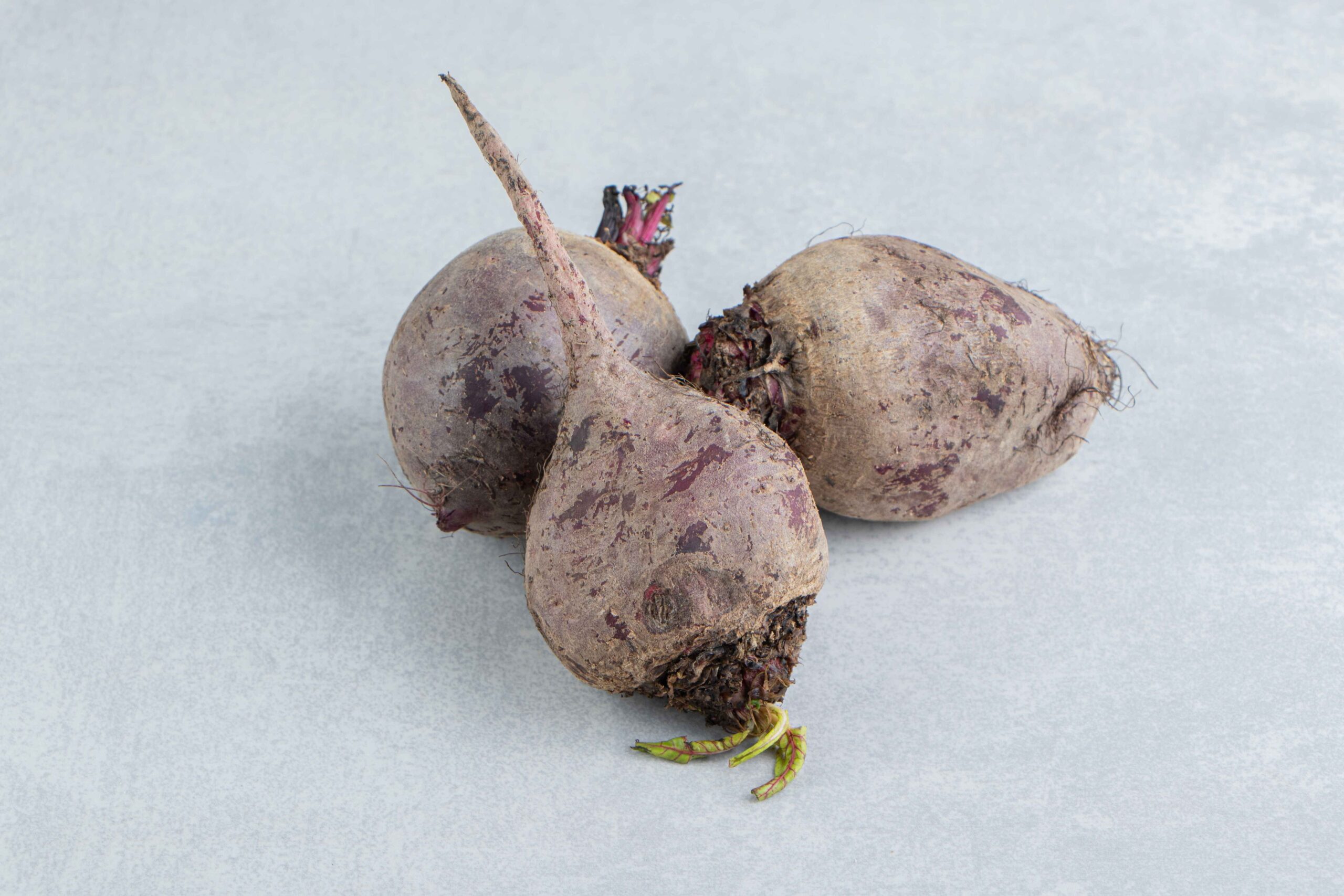
First and foremost, silver beetroot prefers well-draining soil. The soil should be rich in organic matter, so adding compost or aged manure before planting will give your plants the nutrients they need. Silver beetroot grows best in slightly acidic to neutral soil with a pH level between 6.0 and 7.0. Make sure the soil is loose and friable, as compacted soil can hinder root development.
Silver beetroot loves sunlight, so choose a spot in your garden that gets at least 6 hours of direct sunlight each day. If you’re growing in a container, ensure the plant gets plenty of light to prevent it from becoming leggy or weak.
In terms of temperature, silver beetroot prefers cooler weather. The ideal temperature for growing silver beetroot is between 50°F and 75°F (10°C to 24°C). It can tolerate light frosts, so planting it in early spring or late summer is best. Avoid the hottest summer months, as excessive heat can stress the plant and affect its growth.
Watering is also crucial. Silver beetroot needs consistent moisture, especially during germination and early growth stages. Water the plants regularly, but ensure the soil doesn’t become waterlogged. Mulching around the base of the plant can help retain moisture and reduce weed competition.
By providing silver beetroot with the right growing conditions, you’ll enjoy a successful harvest of this unique and nutritious vegetable.
Beetroot Leaves Poisonous: Debunking Common Myths
Most gardeners and foodies wonder whether the leaves of the beetroot are poisonous. Well, most myths would indicate that these are poisonous; in reality, however, they are quite safe for consumption. Moreover, they are nutritionally dense and rich in vitamins, minerals, and antioxidants. They make an excellent addition to salads, soups, and smoothies.
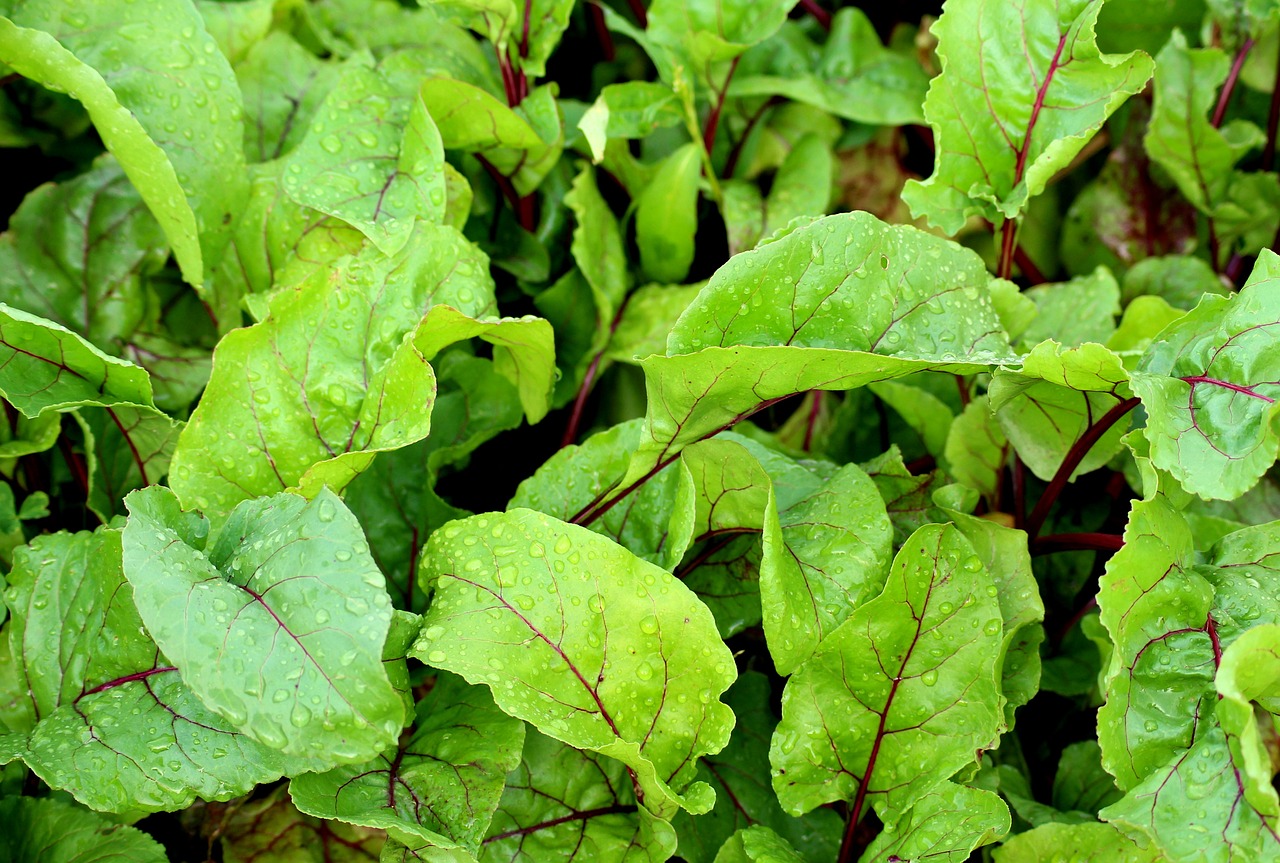
There is often a misconception regarding the usage of beetroot leaves mainly because they share a family, like spinach, from which oxalates are commonly known to inhibit the absorption of calcium in very high amounts. Some people experience a condition when excess amounts of the compounds are transferred into the urine. In contrast, beetroot leaves contain very low quantities compared to other similar leafy vegetables such as spinach. Most people are safe, though, even if they use beetroot leaves in moderate amount.
Beetroot leaves turn out to be very rich in sources of vitamin A, vitamin K, folate, and iron, which mean numerous positive health benefits toward supporting eye sight, improving circulation, and healthy bones. In case one is worried about their intake of oxalates, the cooking reduces their concentration a bit, safer for its consumption.
So, do not worry—beetroot leaves are not poisonous. They are a versatile, nutritious food that can be enjoyed in a variety of dishes, offering both flavor and health benefits to your diet.
Conclusion
Indeed, both beetroot salad and beetroot seeds bring along so many benefits and are, therefore, a good addition to any diet or any garden that would promote health. Beetroot salad containing vitamins, minerals, and antioxidants provides a savory way to feed the body while maintaining heart health, aiding in digestion, and even overall wellness. The sweetness and colors of the beetroot make it a wonderful ingredient to go with anything from salads to smoothies.
On the other hand, beetroot seeds form the base of growing nutritious beets in the comfort of your home. The process of growing beetroot from seed is relatively simple and rewarding, which gives you an opportunity to use fresh, homegrown beetroots in your dishes. Beets can either be grown for the roots or for the healthy leaves of the beetroot. With these seeds, you have an excellent chance of starting to cultivate and benefit from the various health benefits offered by the plant.
In case you introduce beetroot salad to your diet and beetroot seeds to your garden, then you are already moving a step forward to the healthiest lifestyle. Beetroot farming is quite simple and rewarding for both an experienced gardener and a beginner. It will give you fresh vegetables throughout the year. Start planting your beetroot seeds and enjoy the delicious and nutritious meals beetroot salad has to offer.
Frequently Asked Questions
Yes, you can eat beetroot salad every day! It’s healthy and packed with nutrients, but enjoy it in moderation if you have kidney issues or are sensitive to oxalates.
Yes, you can eat beetroot raw! It’s crunchy, sweet, and perfect for salads or smoothies.
Beetroot grows best in well-drained, fertile soil with plenty of sunlight. They thrive in cool weather, so spring and fall are ideal!
The cultivation period of beetroot is about 50-70 days from sowing to harvest. It can vary slightly based on the variety and growing conditions.

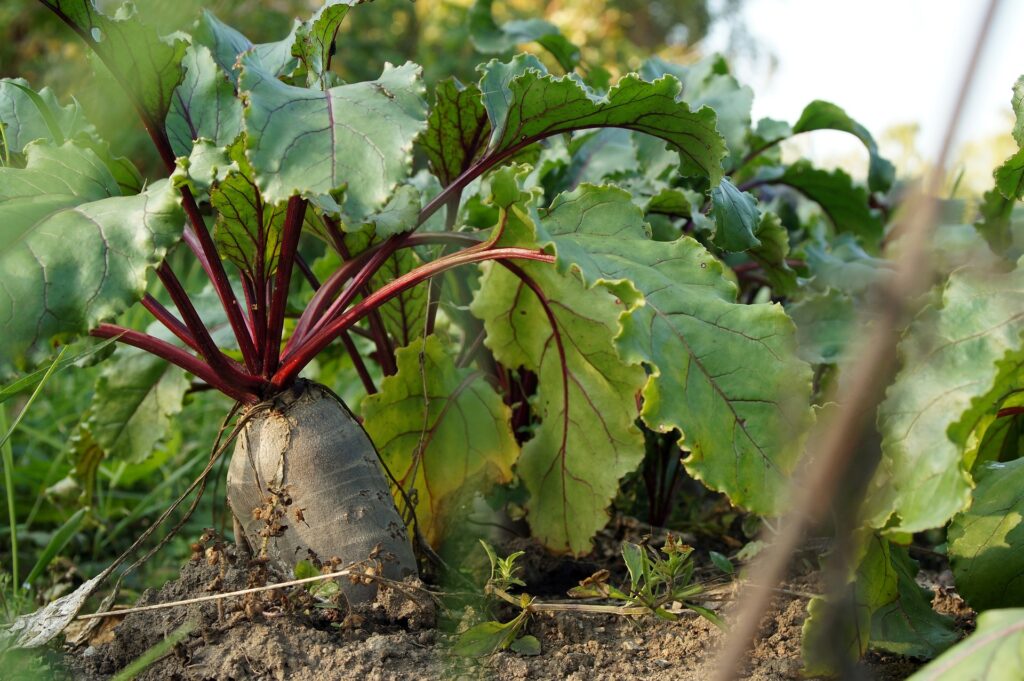
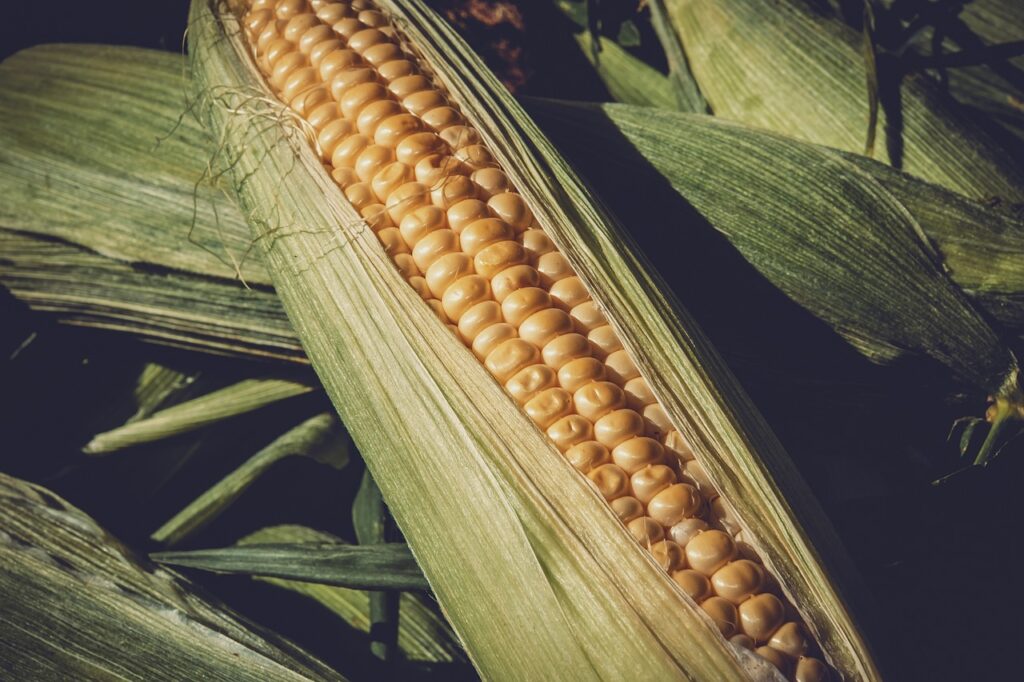
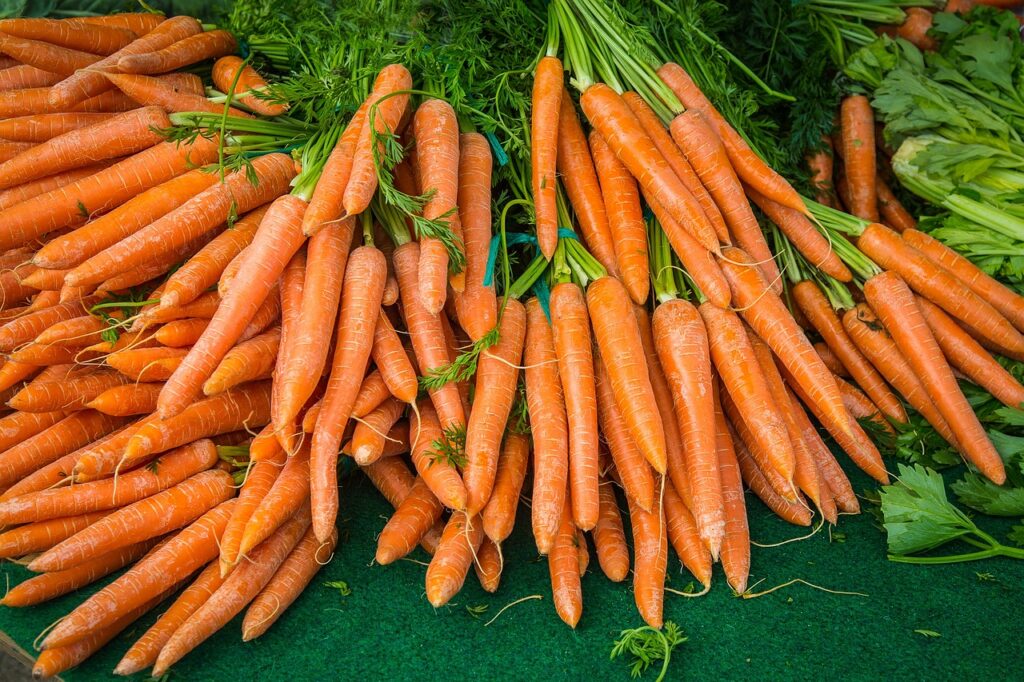
Pingback: How to grow beets from seed - Herbs Fable